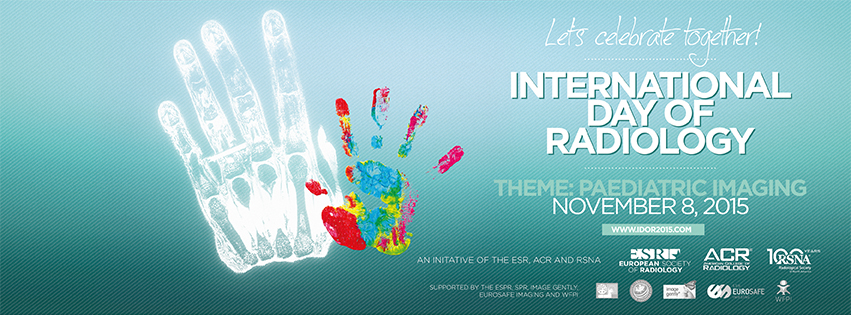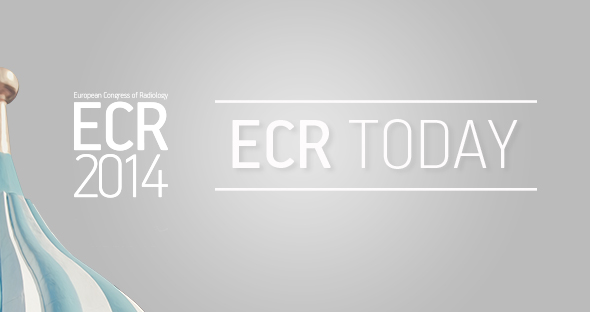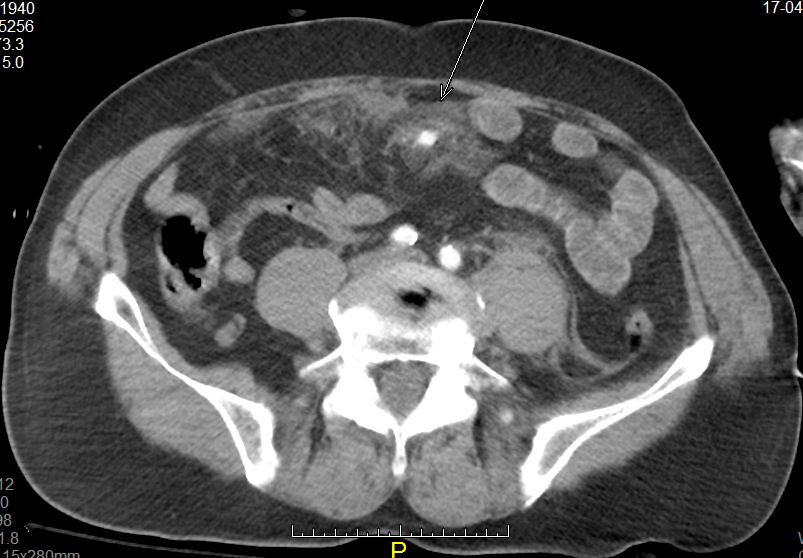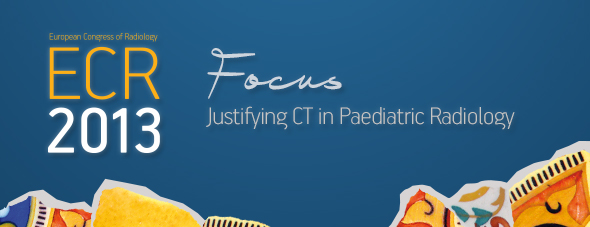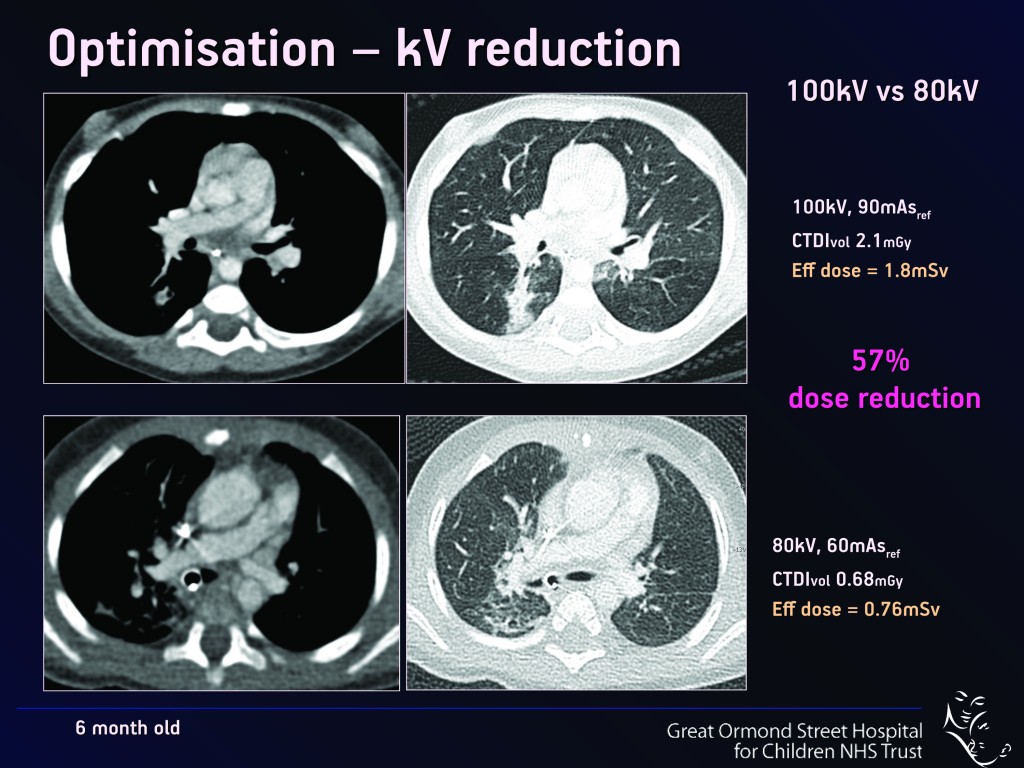Interview: Joanna Fairhurst, consultant paediatric radiologist from Southampton, UK
An interview with Joanna Fairhurst, consultant paediatric radiologist at the children’s radiology department of the University Hospitals of Southampton.
European Society of Radiology: What is paediatric imaging? What age are the patients, and how is it different from regular imaging?
Joanna Fairhurst: Paediatric imaging covers all imaging modalities – plain films, ultrasound, fluoroscopy, computed tomography (CT), nuclear medicine, magnetic resonance (MRI) – undertaken in children ranging from new-born infants to those who are sixteen, or in some centres eighteen, years old. Imaging patients in this age range poses some very specific challenges. First, coming to the hospital can be a very frightening experience for young children, and we need to adapt our techniques to help children feel as secure and comfortable as possible, and we often employ distraction and play therapy to reduce their anxiety and help them cooperate with their examinations. We also try to create a child-friendly environment, by decorating our department and providing toys, but the best way to make our young patients feel at ease is to have radiographers and radiologists who are experienced in, and enjoy working with children.
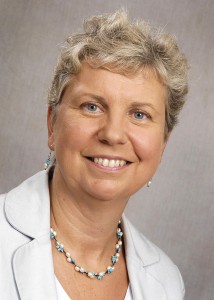
Joanna Fairhurst is a consultant paediatric radiologist at the children’s radiology department of the University Hospitals of Southampton
The next main difference between paediatric and adult radiology is that we have to be familiar with the imaging appearances of the developing patient – from pre-term infant to adolescent – including many normal developmental variants. We also have to deal with many diseases and pathologies that are specific to children. Unlike other subspecialties within imaging, although some do specialise, most paediatric radiologists are involved with all modalities and all body systems.
Finally, when we image children, we not only have to communicate with young people: very often we also have to interact with their parents and carers, so we must learn to respond to their concerns and needs as well.
ESR: Since when has paediatric imaging been a specialty in its own right?
JF: It could be argued that paediatric radiology is the oldest imaging specialty, dating back to the use of x-rays and the interpretation of the images produced in children’s hospitals in the early 1900s. Many people, however, consider Dr. John Caffey (1985–1978) as the ‘founder’ of paediatric radiology after he published his book Pediatric X-Ray Diagnosis in 1945. Paediatric imaging gained broader recognition in the United States with the founding of the Society for Pediatric Radiology in 1958, and came of age in Europe with the creation of the European Society of Paediatric Radiology in 1963.
